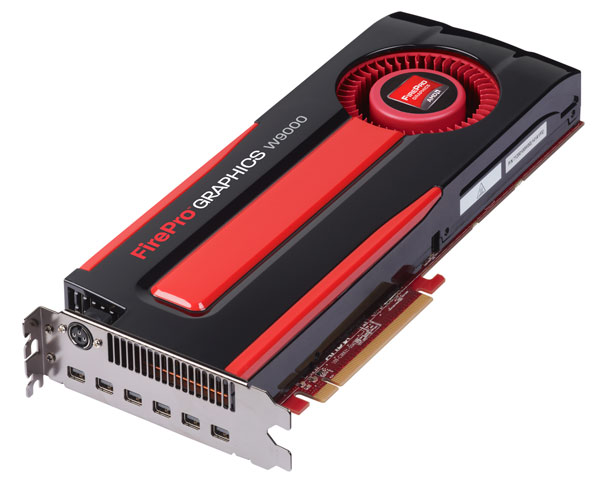AMD FirePro W8000, W9000 Challenge Nvidia's Quadro
Nvidia, meanwhile, has been largely idle. The company's high-end parts, the Quadro 4000, 5000, and 6000, are all based on the original Fermi architecture. By moving first with a new architecture, AMD has (at least hypothetically) stolen a march on its competition.
That's important, for a pretty fundamental reason.
The professional GPU market is only a fraction of discrete GPU unit sales volume, but commands a disproportionately large section of total dGPU revenue. This graph neatly captures why enthusiasts and consumers should care about AMD's professional graphics business. With a four year profit margin of just 5.1%, it's imperative that AMD begin to turn a higher profit from its graphics unit if it's going to keep up with Nvidia or invest significant funds into OpenCL or other optimizations for current software.
|
The new W9000 and W8000 cards we're reviewing today are replacements for AMD's nearly two-year-old FirePro 3D V9800 and V8800.
Memory bandwidth has increased by 80% and double-precision floating point performance is up to 1TFlop. On paper, these cards appear to be dynamite.









